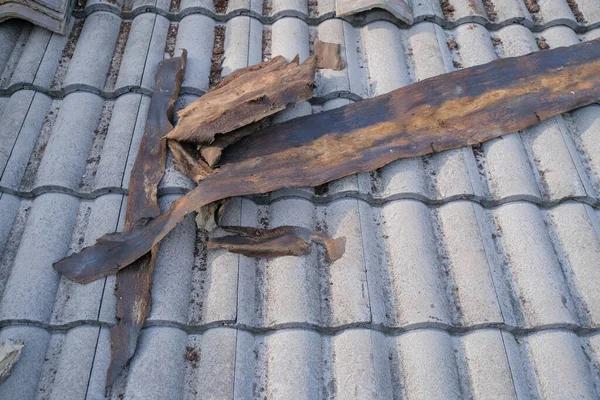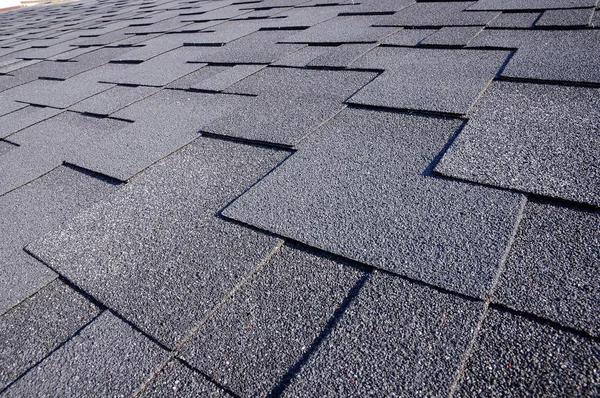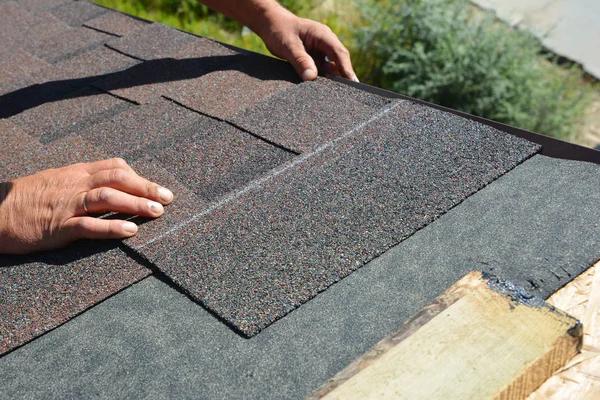Roof replacement is an essential aspect of home maintenance that every homeowner must consider. It not only enhances the aesthetic appeal of a house but also contributes to its structural integrity. However, one common question that homeowners often grapple with is how long their replacement roof will last. The lifespan of replacement roofs depends on several factors, including the roofing material used, installation quality, weather conditions, and regular maintenance.
The most commonly used roofing material in many homes is asphalt shingles due to their affordability and ease of installation. Asphalt shingle roofs have a life expectancy of about 15-30 years depending on the quality of the shingles used. High-quality architectural shingles can last up to 30 years or more while lower-quality options may need replacement after 15 years.
Metal roofs are another popular choice for homeowners thanks to their durability and longevity. A metal roof can last between 40-70 years if properly maintained. They are resistant to harsh weather conditions, fireproof, and energy-efficient which makes them an excellent long-term investment.
Tile and slate roofs offer superior durability compared with other materials. These types of roofs can last over a century if adequately maintained; however, they require professional installation due to their heavy weight.
Wooden shake or cedar roofs have a unique rustic charm that appeals to many homeowners; however, they typically have shorter lifespans ranging from 20-40 years because wood is susceptible to rotting and insect damage without proper care.
Another crucial factor influencing the lifespan of a roof is the quality of installation work done by your roofing contractor. Even high-quality roofing materials will fail prematurely if poorly installed. Therefore it’s essential always to hire experienced professionals for your roof replacement project who understand local building codes and manufacturer’s instructions for correct installation procedures.
Weather conditions also play a significant role in determining how long your roof will last. Roofs exposed regularly to harsh weather elements like heavy rainfalls or snowstorms tend to deteriorate faster than those in more temperate climates. Similarly, roofs exposed to high heat and UV radiation can also experience accelerated wear and tear.
Regular maintenance is key to prolonging the lifespan of any roof. This includes regular inspections for signs of damage, cleaning gutters to prevent water buildup, replacing damaged shingles promptly, and ensuring proper attic ventilation to prevent heat build-up that can warp or crack your roofing materials.
In conclusion, understanding the lifespan of replacement roofs involves considering several factors such as roofing material type, installation quality, weather conditions, and maintenance practices. By making informed decisions in these areas when replacing your roof you can ensure a longer-lasting investment that not only protects your home but enhances its overall value as well.
Silver Horn Roofing
3761 Forest Trail Dr, Bandera, Texas 78003
830-293-3122




